According to the South China Morning Post (SCMP), China's largest private aerospace company - Orienspace - on January 11 successfully launched the world's most powerful solid-fuel rocket from a floating launch pad near the coast of Haiyang, Shandong province, sending three weather satellites into orbit.
The private aerospace sector is considered a fast-growing industry in China in recent times, but few companies can launch heavy-lift rockets like Orienspace.
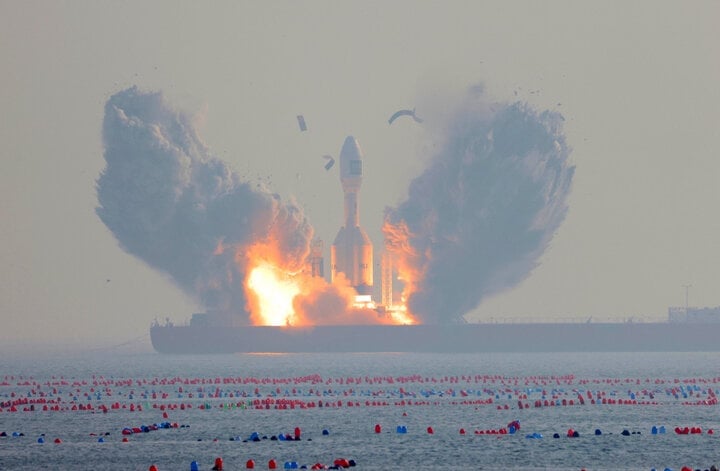
The Gravity-1 rocket carrying three remote sensing satellites lifts off the launch pad off the coast of Shandong Province, China, on January 11. (Photo: China Daily)
Orienspace was founded in 2020. The Gravity-1 rocket manufactured by this company can carry up to 6,500kg of cargo into low Earth orbit, making it the most powerful rocket developed by a private Chinese company.
The Orienspace rocket's cargo bay is 4.2 meters in diameter and 9 meters high, spacious enough to carry cargo for China's space station if needed.
The Gravity-1 rocket is nearly twice as heavy as the European Space Agency's Vega-C rocket - previously the world's most powerful solid-fuel rocket.
According to Aerospace China, in the low- and medium-orbit satellite internet market, the Gravity-1 rocket can support the launch of up to 30 satellites weighing 100kg each. For special customers such as the Chinese military, they can even launch satellites within 24 hours of receiving a request.
China's traditional aerospace industry, dominated by the military and state-owned enterprises, is under considerable pressure from the rise of private American space company SpaceX.
SpaceX alone can launch nearly 100 reusable rockets each year carrying hundreds of satellites of all kinds.
With that trend, private aerospace companies in China have mushroomed in recent years, bringing with them the hope of winning China’s new space race. However, these companies are still small in scale compared to SpaceX, and there is considerable uncertainty about whether they can develop the technical capacity and commercial efficiency to compete with the US.
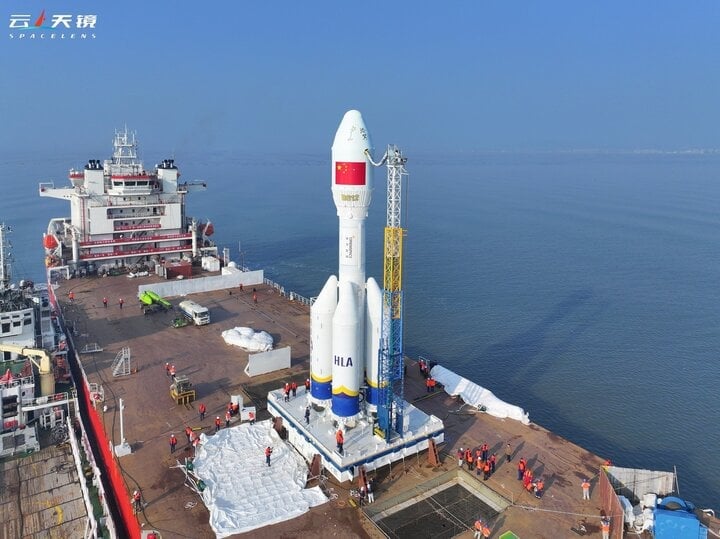
The Gravity-1 rocket was designed by OrienSpace for rapid mass production.
OrienSpace has not disclosed the cost of its first launch, but CEO Wei Kai said the company has adopted a series of measures to establish a large-scale, convenient and low-cost rocket launch service model.
Mr. Wei Kai said the factory in Hai Duong will have an annual production capacity of 20 missiles.
The convenient and safe use of solid fuel allows the completion of the assembly, testing and launch of rockets within a radius of 5km, which significantly reduces production time and costs.
According to OrienSpace, offshore launches offer additional advantages in terms of safety and launch frequency, with the ability to conduct weekly launch missions using a single vessel.
Wei Kai told Aerospace China that the Gravity-1 rocket structure is designed for rapid mass production. Its body and propulsion system have the same diameter, which simplifies the manufacturing process and greatly improves production efficiency while cutting production costs.
OrienSpace chief designer Bu Xiangwei said the company's innovations such as wrapping the rocket in a protective white shell before transport and launch have significantly saved costs.
The outer shell keeps the rocket's temperature at around 15 degrees Celsius in winter and insulates it from outside rain and snow.
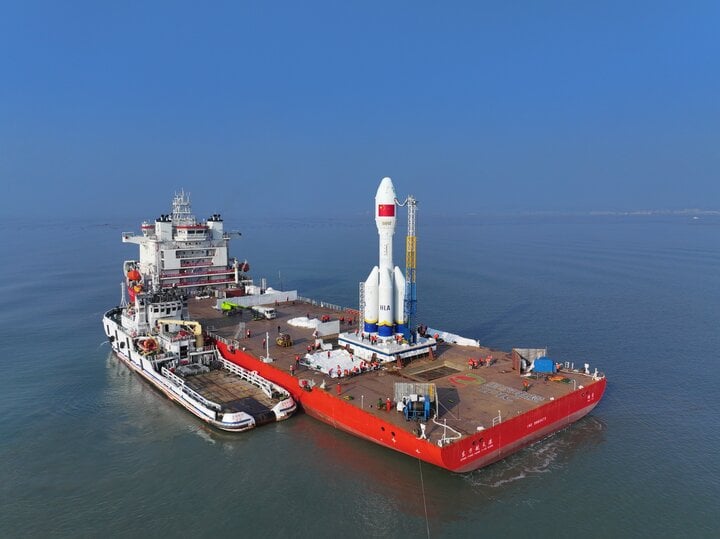
According to OrienSpace, offshore launches offer additional advantages in terms of safety and continuous launch frequency.
“Through such a protective shell we can achieve a simple and low-cost environmental support system for the rocket,” said Bu Xiangwei.
The Gravity-1 rocket includes seven solid-fuel boosters. Combining multiple solid-fuel boosters into the same rocket body has always been a difficult design even in countries with advanced rocket manufacturing technology.
“Its power must also be commensurate with its simplicity, ensuring a clear breakthrough when the time comes. This truly demonstrates the depth of our technological expertise,” said a representative of OrienSpace.
Behind OrienSpace's success is a team of about 100 scientists and engineers who spent about three years conducting 23 large-scale ground tests of the rocket system, 489 tests of individual components, and 1,452 iteration tests to improve the rocket's overall performance.
As China embarks on an ambitious plan to build a 13,000-satellite internet constellation to rival SpaceX’s Starlink, the need for reliable and cost-effective launch vehicles is paramount, and many private aerospace companies are eyeing the business opportunity.
OrienSpace said it aims to achieve the ability to recycle and reuse liquid-fueled rockets within the next two years, increasing the rocket's payload capacity to 15-20 tons at the lowest possible cost.
Tra Khanh (Source: SCMP)
Source








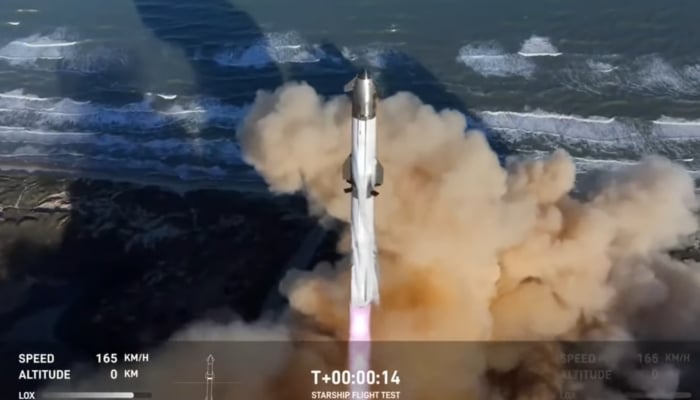

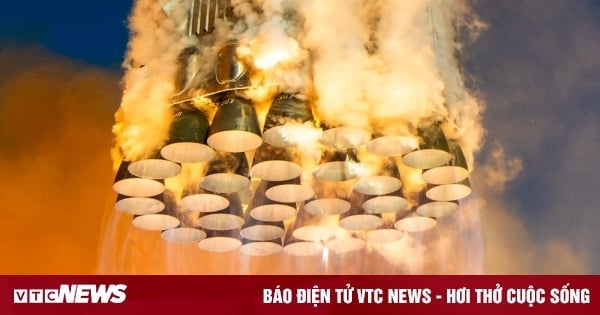






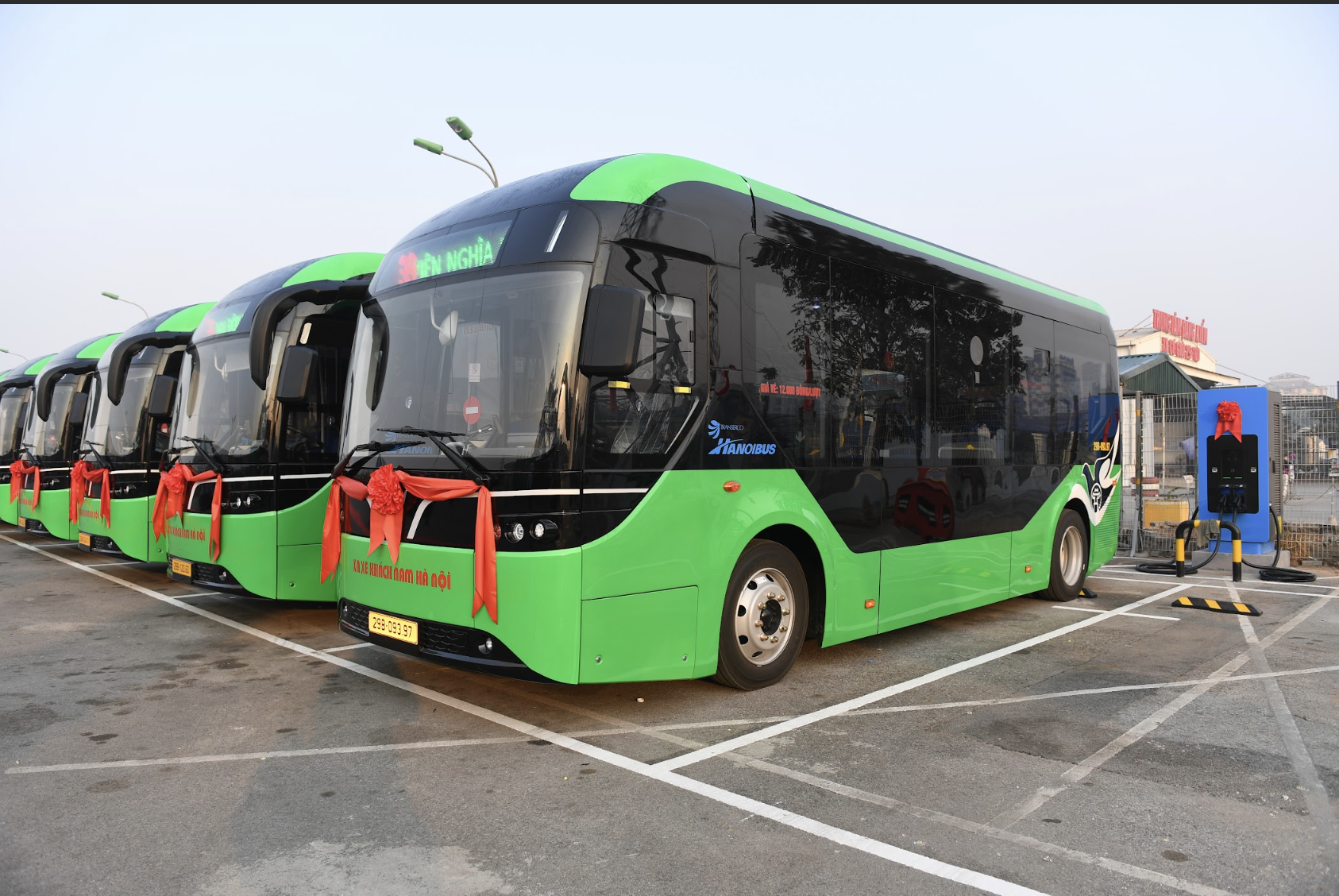

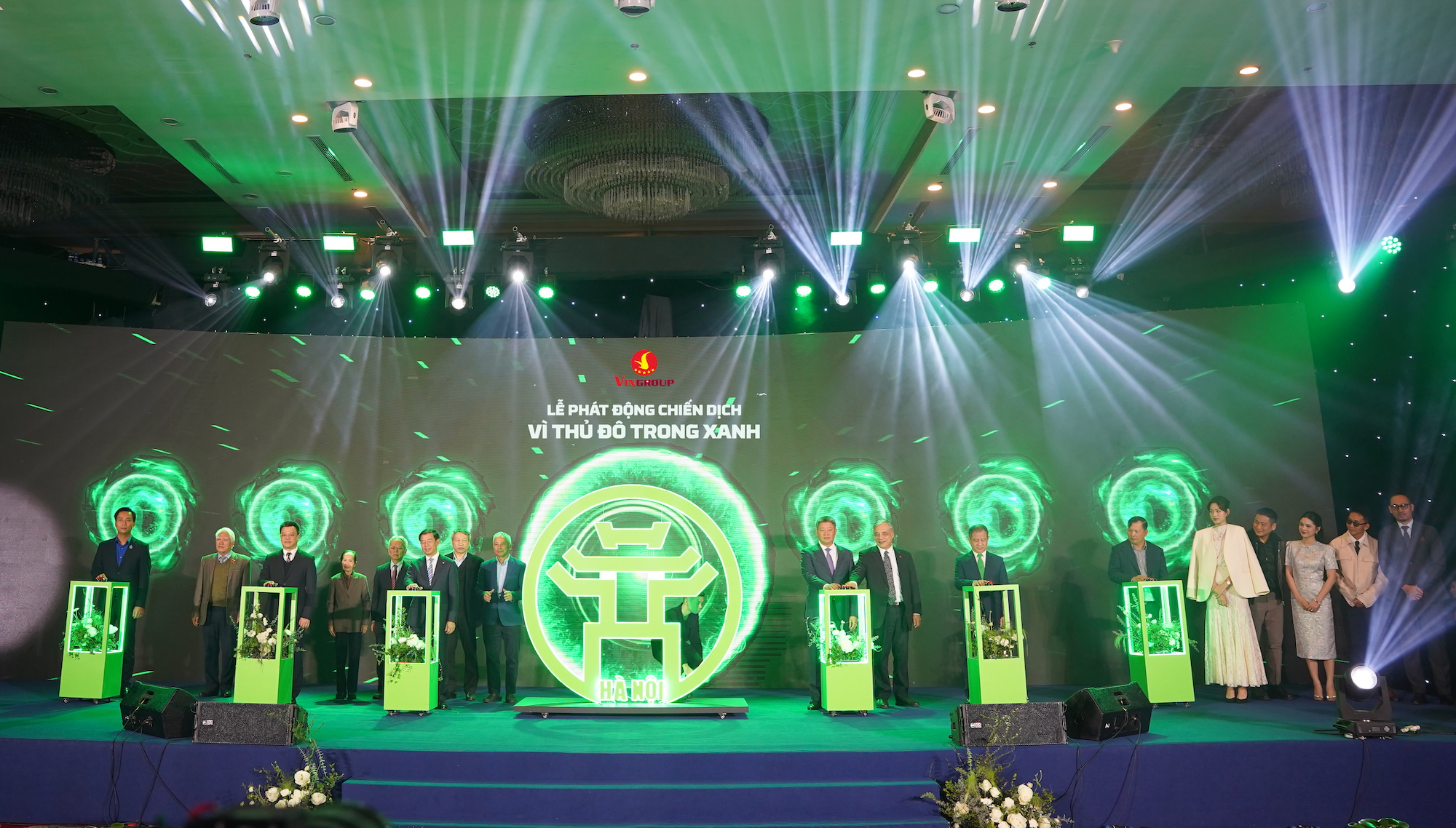



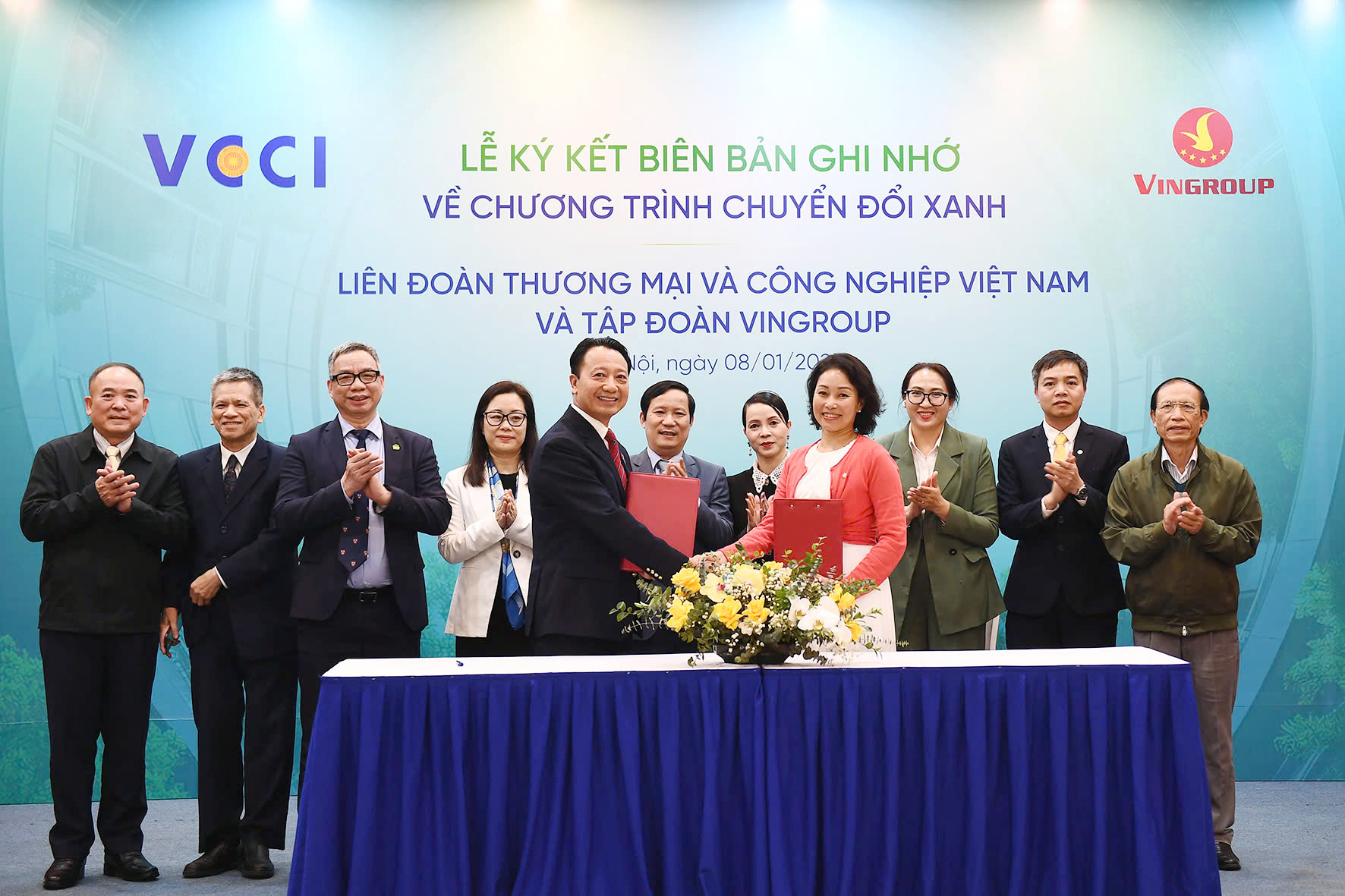














![[Photo] Prime Minister Pham Minh Chinh chairs Government Conference with localities on economic growth](https://vstatic.vietnam.vn/vietnam/resource/IMAGE/2025/2/21/f34583484f2643a2a2b72168a0d64baa)











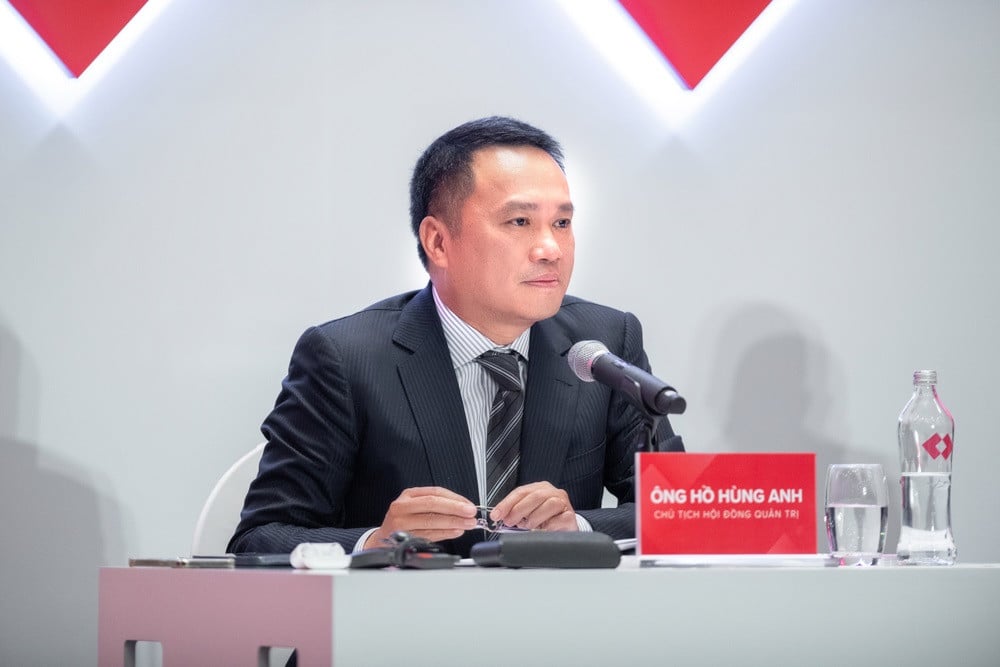

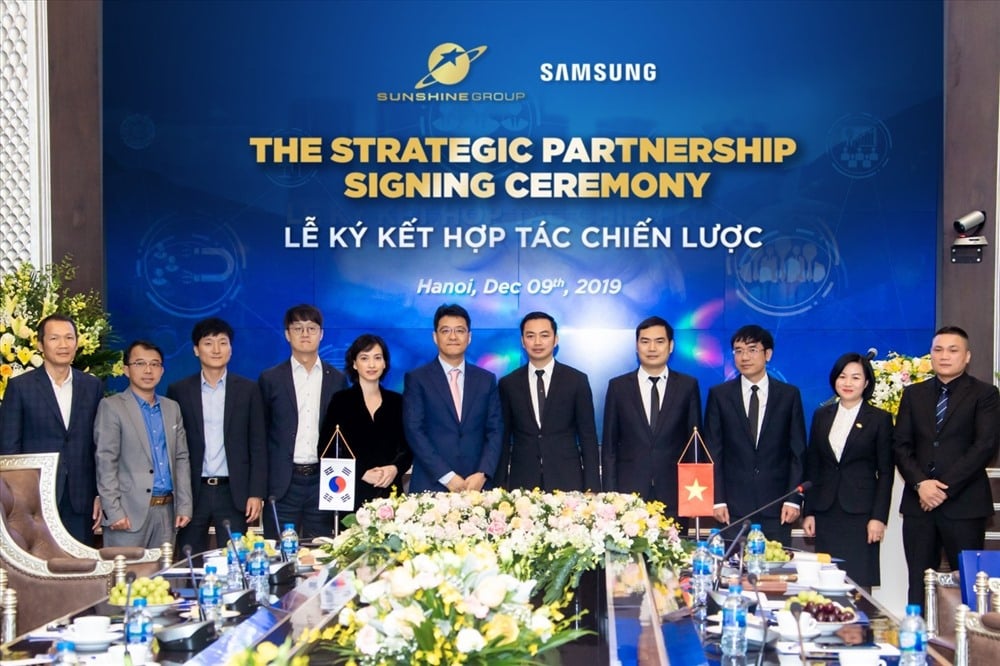












































Comment (0)